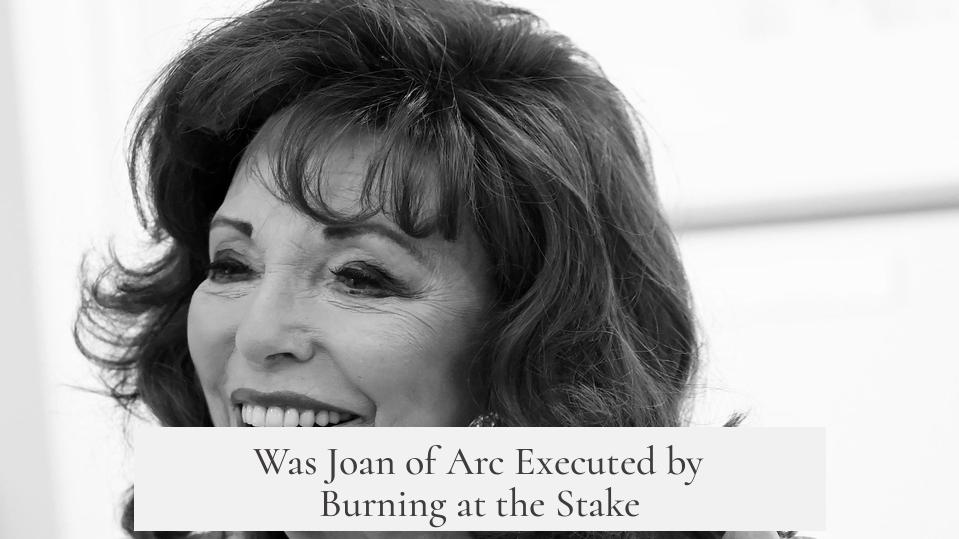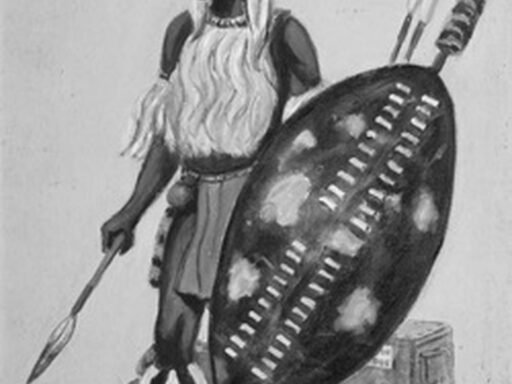Joan of Arc, also known as Jeanne d’Arc, was indeed burned to death on May 30, 1431, in Rouen, France. Historical records, including detailed trial transcripts and eyewitness testimony, confirm that she was executed by burning at the stake after being convicted of heresy. Despite conspiracy theories of her survival, no credible evidence supports these claims. Numerous contemporary accounts describe her death and the treatment of her remains, firmly establishing the fact that Joan did not survive her execution.
Joan of Arc’s execution took place when she was only about 19 years old. Captured by the Burgundians and sold to the English, she faced trial at Rouen under a tribunal led by Bishop Pierre Cauchon. The charges against her included heresy, witchcraft, and the wearing of men’s clothing. Joan boldly defended herself throughout the trial. For instance, she stated she wore men’s clothes to protect her modesty while imprisoned by English guards, who had allegedly molested her if dressed otherwise.
The tribunal was politically motivated, as Joan’s voice and actions had greatly influenced the French side in the Hundred Years’ War. The English sought to discredit both her and Charles VII, whose legitimacy hinged partly on Joan’s divine claims. Her refusal to recant the charges sustained against her prolonged the trial until May 24, 1431, when she finally signed a confession under duress. This confession temporarily spared her life, but after she resumed wearing men’s clothing—a sign interpreted as relapse into heresy—her death sentence was reinstated.
The execution was conducted publicly. Joan prayed while facing the flames, clutching a wooden cross, uttering the name of Jesus Christ. Eyewitnesses from the tribunal, including Martin Ladvenu and Isambart de La Pierre, confirmed that the woman who died was the real Joan of Arc. After she died from smoke inhalation and burns, her body was repeatedly burned on orders from Bishop Cauchon to prevent the gathering of relics. Her ashes were finally cast into the Seine River, ensuring no physical remains remained accessible to supporters.
Historical documents illuminate her death clearly. There are two sets of trial transcripts: the 1431 trial that led to her execution, and a posthumous retrial in 1456. The retrial involved extensive interviews with her former inquisitors and many witnesses. It not only cleared Joan of all charges but also confirmed that no one contested the fact of her death by burning. The trial records, supported by hundreds of witnesses—including clergy—provide no evidence that Joan survived or that anyone else died in her place.
Conspiracy theories about her survival have appeared over the centuries. Some suggest impostors or secret escapes, including a woman named Claude des Armoises, who once closely resembled Joan and briefly deceived some people. However, Claude admitted publicly to being a fraud, and the supposed survival stories lack any primary source or parish records. Historians have thoroughly debunked these myths, notably in Regine Pernoud’s detailed account “Joan of Arc By Herself And Her Witnesses.”
The idea that Joan’s execution was faked or that she lived after 1431 contradicts the weight of evidence. Not a single reliable primary source records post-1431 encounters with her, marriages, offspring, or other life events. Eyewitnesses to her execution included tribunal officials who had closely interrogated and known Joan during her trial. Their consistent testimony places her death unequivocally at Rouen by burning.
Joan’s legacy extends far beyond her death. She was canonized as a saint in 1920. Her life symbolizes courage and resilience against overwhelming odds and political persecution. The posthumous retrial authorized by Charles VII further attests to her innocence and martyrdom. To this day, Joan of Arc remains a prominent historical figure, her death by burning a fact well established by history.
- Joan of Arc was executed by burning at the stake on May 30, 1431, in Rouen, France.
- Trial transcripts and eyewitness accounts confirm her death and refute survival theories.
- She was charged primarily with heresy including wearing men’s clothes and witchcraft.
- Her remains were burned multiple times, then scattered to prevent relic formation.
- Posthumous retrial in 1456 cleared her name but confirmed she had died in 1431.
- Claims of impostors or survival lack credible evidence and are historically debunked.




